Whether you're a seasoned athlete or a fitness enthusiast looking to diversify your lower body workouts, the Hammer Strength Belt Squat Machine offers a unique and effective way to build strength and muscle. This article delves into everything you need to know about using the belt squat machine, ensuring you maximize your workouts while maintaining safety and proper form.
The Hammer Strength Belt Squat Machine is a specialized piece of gym equipment designed to target the lower body, particularly the quadriceps, hamstrings, glutes, and calves. Unlike traditional squats, which place significant stress on the spine, the belt squat allows for heavy loading without compromising back health. This makes it an excellent alternative for those looking to build lower body strength while minimizing the risk of injury.
What Sets Hammer Strength Apart?
Hammer Strength is renowned for its durable, high-quality strength training equipment. Their belt squat machine is no exception, offering robust construction, adjustable settings, and ergonomic design to cater to a wide range of users.
Benefits of Using the Belt Squat Machine
- Spinal Relief: By distributing the weight around the hips and thighs, the belt squat reduces the load on the spine, making it ideal for individuals with back issues.
- Enhanced Lower Body Strength: Targets major muscle groups in the legs, promoting balanced muscular development.
- Improved Athletic Performance: Strengthening the lower body can enhance performance in various sports and physical activities.
- Versatility: Suitable for different fitness levels, from beginners to advanced lifters.
- Reduced Injury Risk: Controlled movement patterns help in minimizing the chances of injury compared to free-weight squats.
Setting Up the Belt Squat Machine
Before diving into your workout, proper setup is crucial for safety and effectiveness.
Step 1: Adjust the Stance
- Positioning: Stand inside the machine with your feet shoulder-width apart.
- Foot Placement: Ensure your feet are flat on the platform, toes pointing slightly outward for stability.
Step 2: Secure the Belt
- Belt Adjustment: Adjust the belt so that it sits comfortably around your hips. It should be snug but not overly tight.
- Padding Check: Ensure that any padding or cushioning is properly placed to prevent discomfort during the exercise.
Step 3: Select the Weight
- Starting Weight: If you're new to the belt squat, start with a lighter weight to master the form.
- Incremental Increases: Gradually increase the weight as you become more comfortable and stronger.
Step-by-Step Guide to Using the Belt Squat
Follow these steps to perform a belt squat effectively:
1. Position Yourself
- Stand with your feet shoulder-width apart on the platform.
- Ensure the belt is securely fastened around your hips.
2. Engage Your Core
- Tighten your abdominal muscles to stabilize your spine.
- Maintain a neutral back position throughout the movement.
3. Lower Into the Squat
- Begin by bending your knees and hips simultaneously.
- Keep your chest up and gaze forward to maintain balance.
- Descend until your thighs are parallel to the ground or as comfortable.
4. Push Through Your Heels
- Press through your heels to extend your knees and hips.
- Return to the starting position by straightening your legs fully.
5. Repeat
- Perform the desired number of repetitions, typically 8-12 for muscle growth or 12-15+ for endurance.
Tips for Optimal Performance
- Warm-Up: Always start with a proper warm-up to prepare your muscles and joints.
- Controlled Movement: Avoid jerky motions; focus on smooth, controlled squats.
- Breathing: Inhale on the way down and exhale as you push up.
- Foot Placement: Experiment with foot angles to find the most comfortable and effective position for your body.
- Progressive Overload: Gradually increase the weight to continue building strength without plateauing.
Common Mistakes to Avoid
- Improper Belt Placement: Ensure the belt sits correctly around your hips to prevent slippage and discomfort.
- Knee Valgus: Avoid letting your knees cave inward; keep them aligned with your toes.
- Rounded Back: Maintain a neutral spine to prevent back strain.
- Overloading: Using too much weight can compromise form and increase injury risk. Progress gradually.
- Incomplete Range of Motion: Ensure full depth in your squats to engage all target muscles effectively.
Maintenance and Care
To keep your Hammer Strength Belt Squat Machine in optimal condition:
- Regular Cleaning: Wipe down the machine after each use to remove sweat and prevent corrosion.
- Inspect Components: Frequently check belts, pads, and other parts for wear and tear.
- Lubrication: Follow the manufacturer's guidelines for lubricating moving parts to ensure smooth operation.
- Storage: Keep the machine in a dry, well-ventilated area to prevent rust and damage.
Conclusion
The Hammer Strength Belt Squat Machine is a powerful tool for enhancing lower body strength while safeguarding your spine. By understanding its setup, mastering the correct technique, and adhering to best practices, you can integrate this machine into your fitness regimen effectively. Whether aiming for muscle hypertrophy, improved athletic performance, or overall lower body strength, the belt squat machine offers versatility and efficiency to help you achieve your fitness goals.


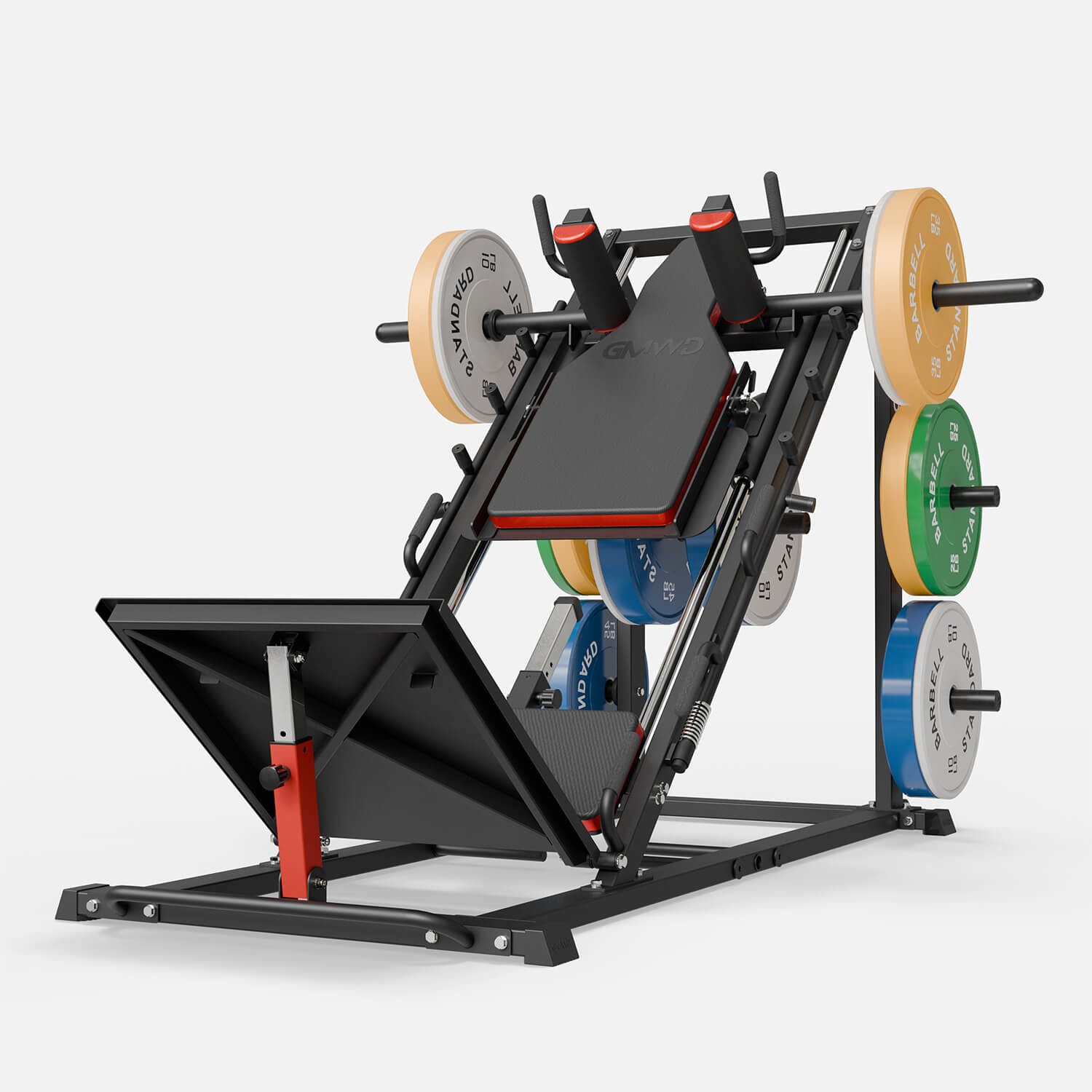
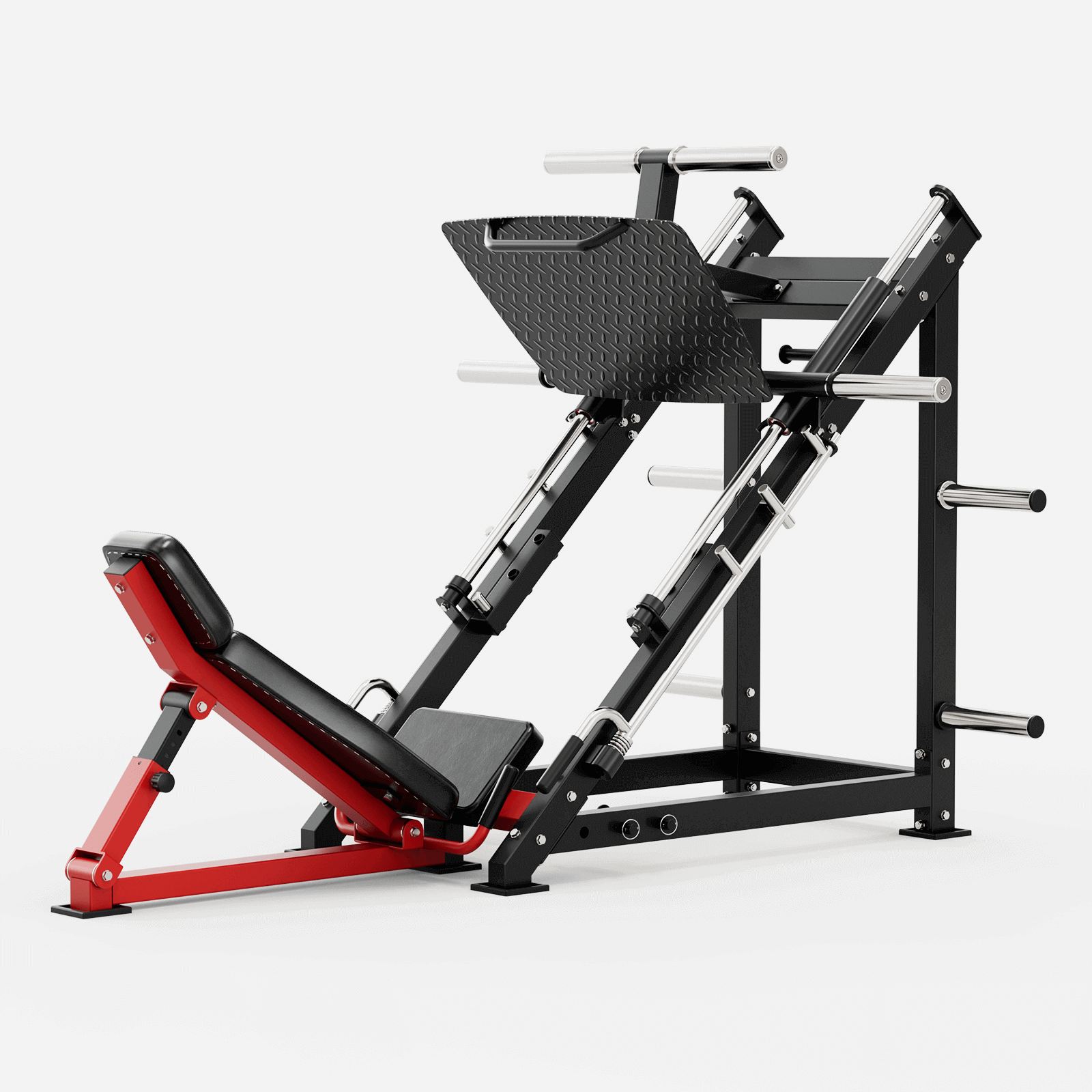
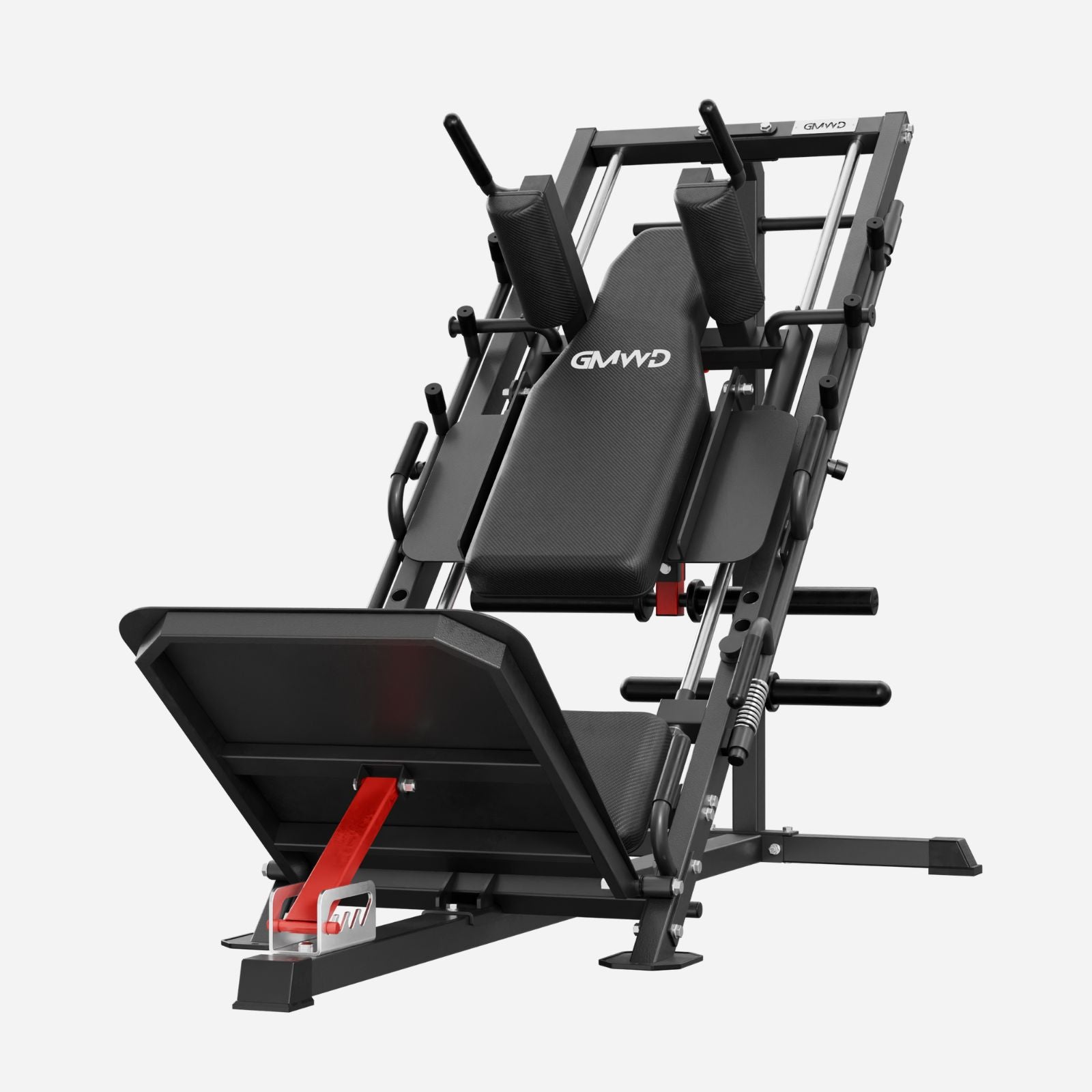
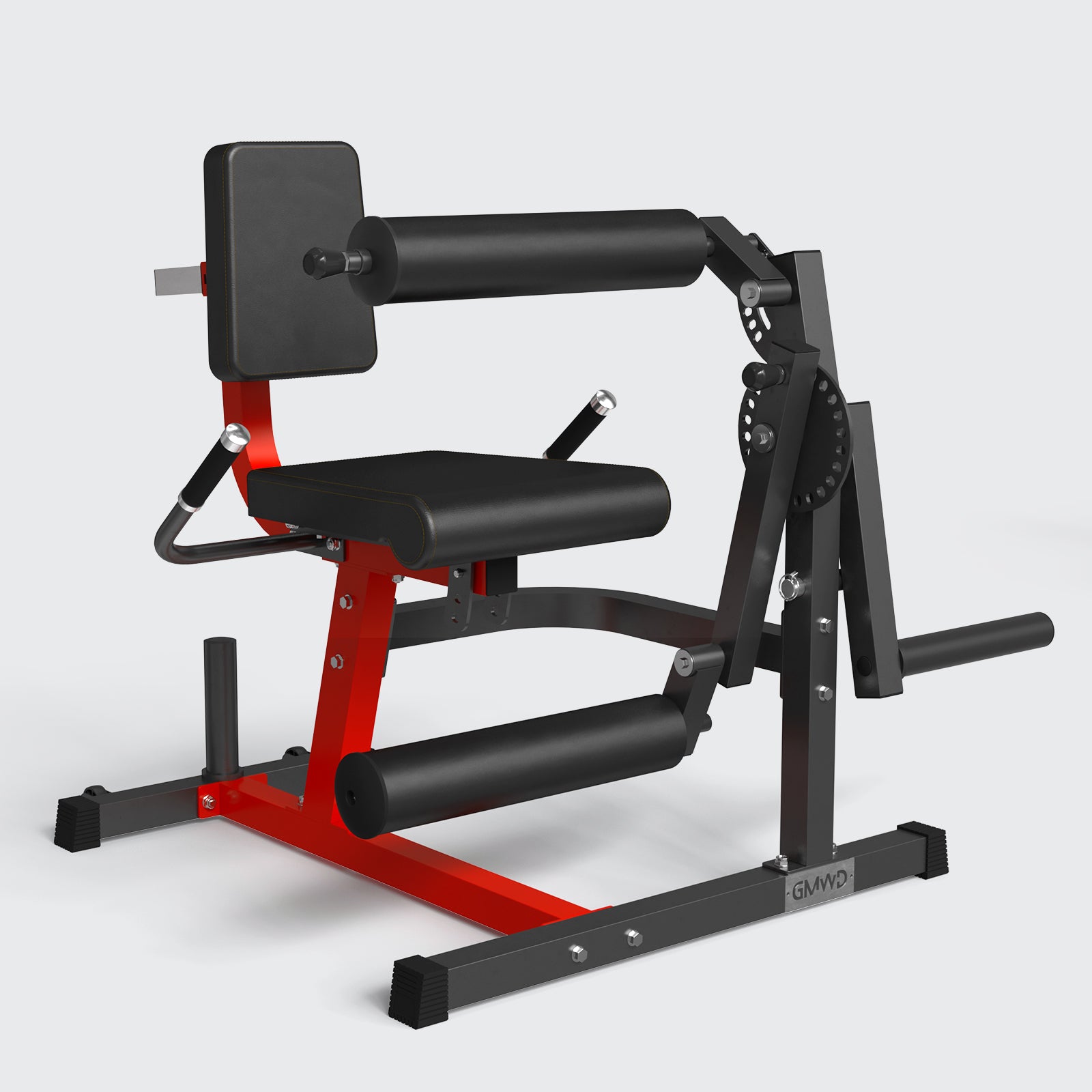
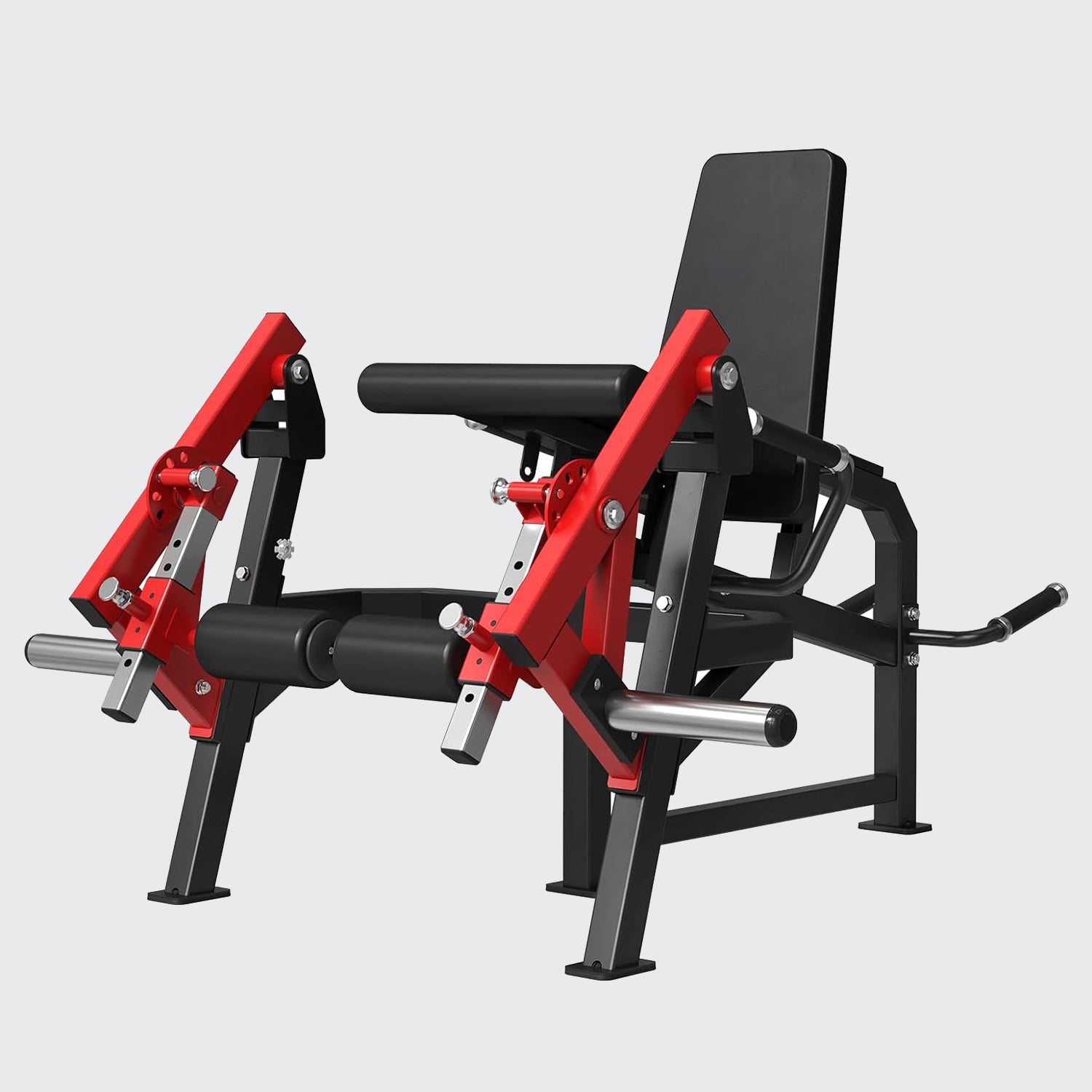
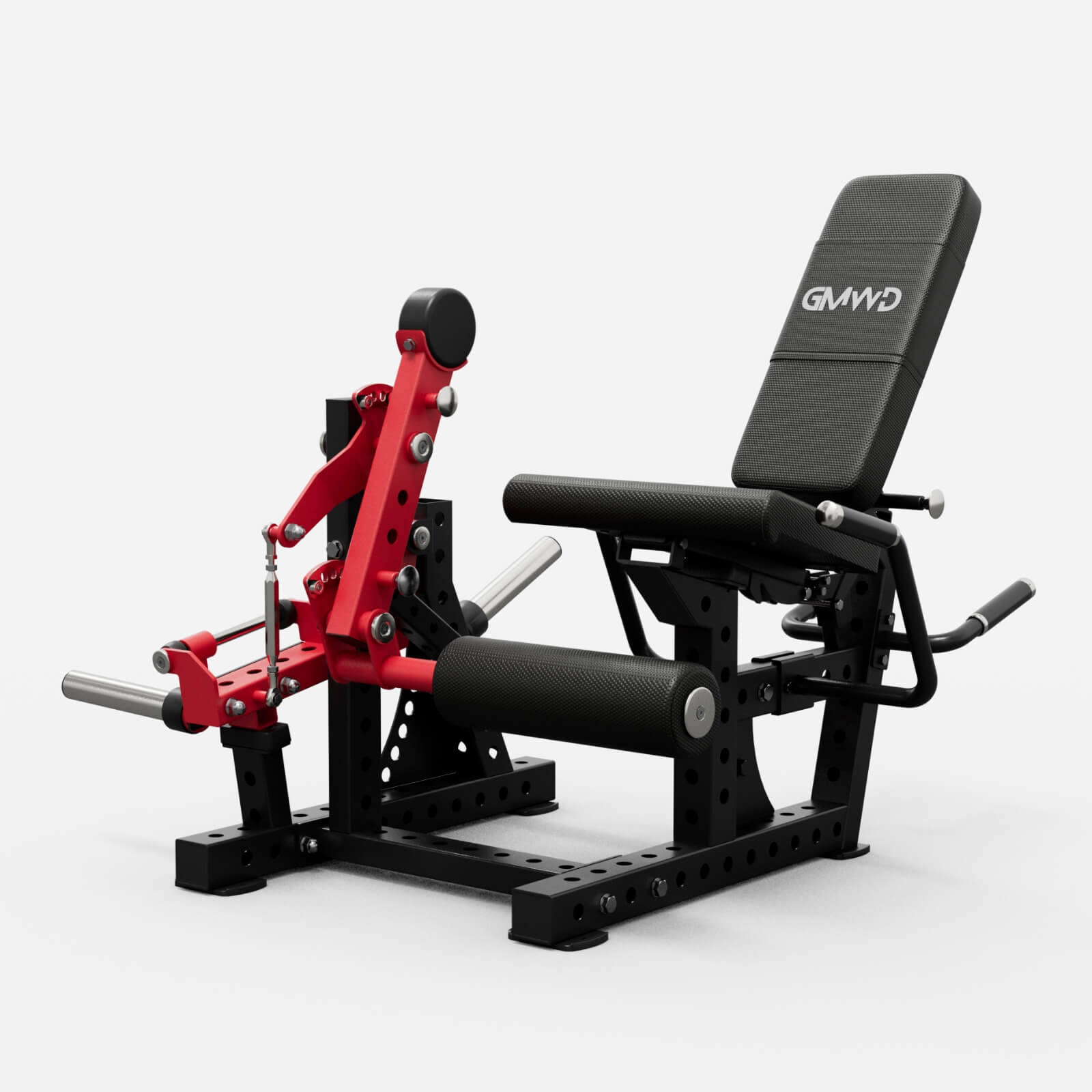
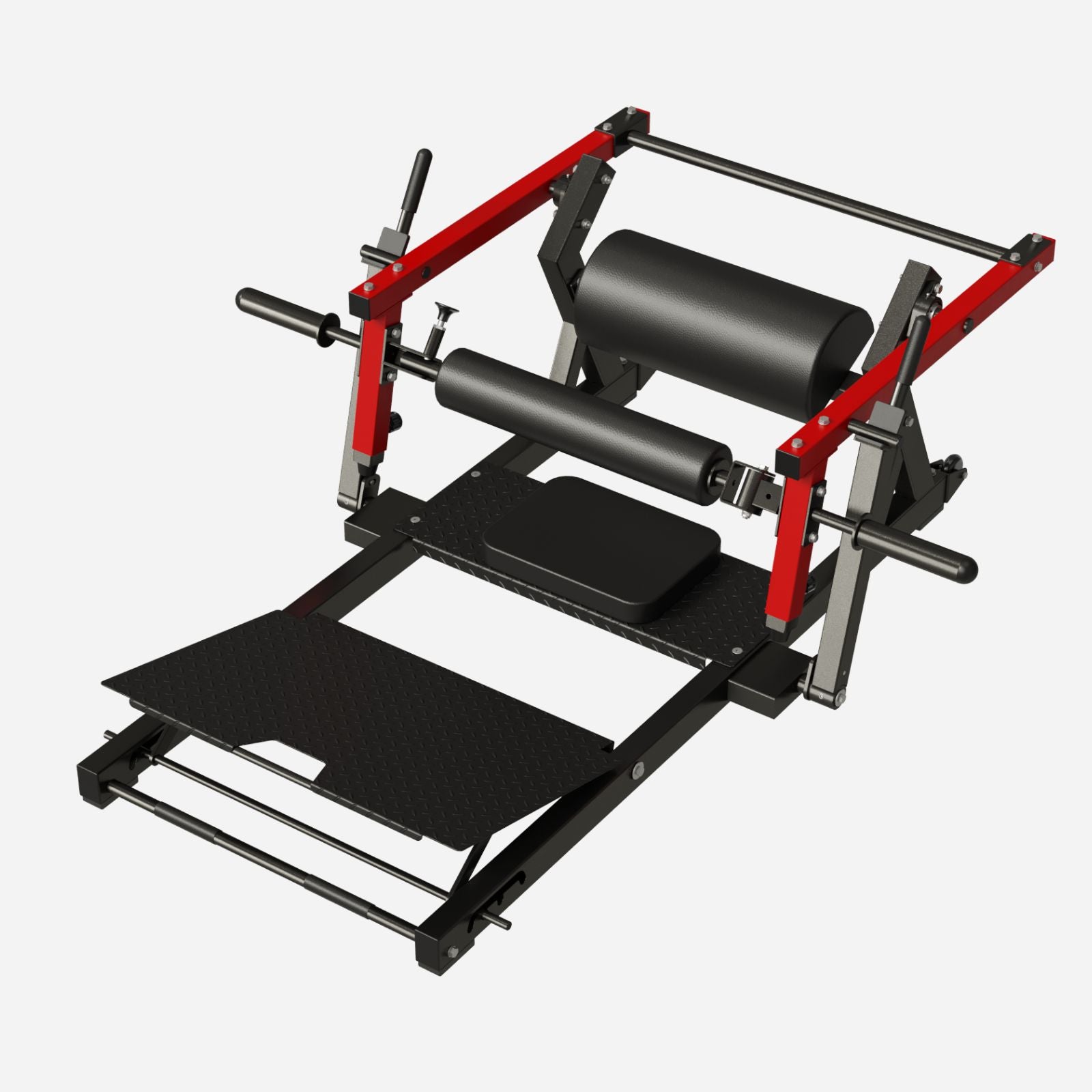

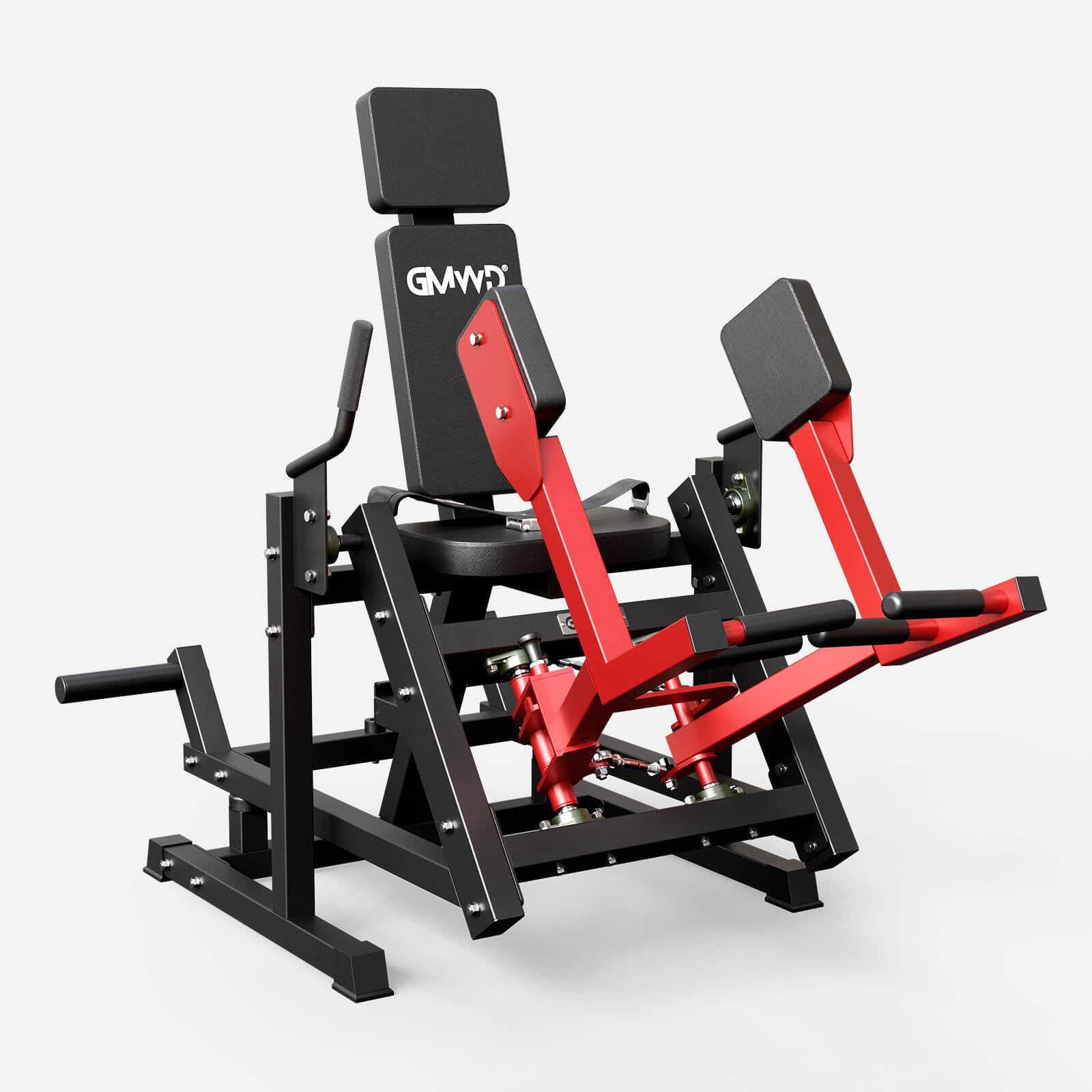
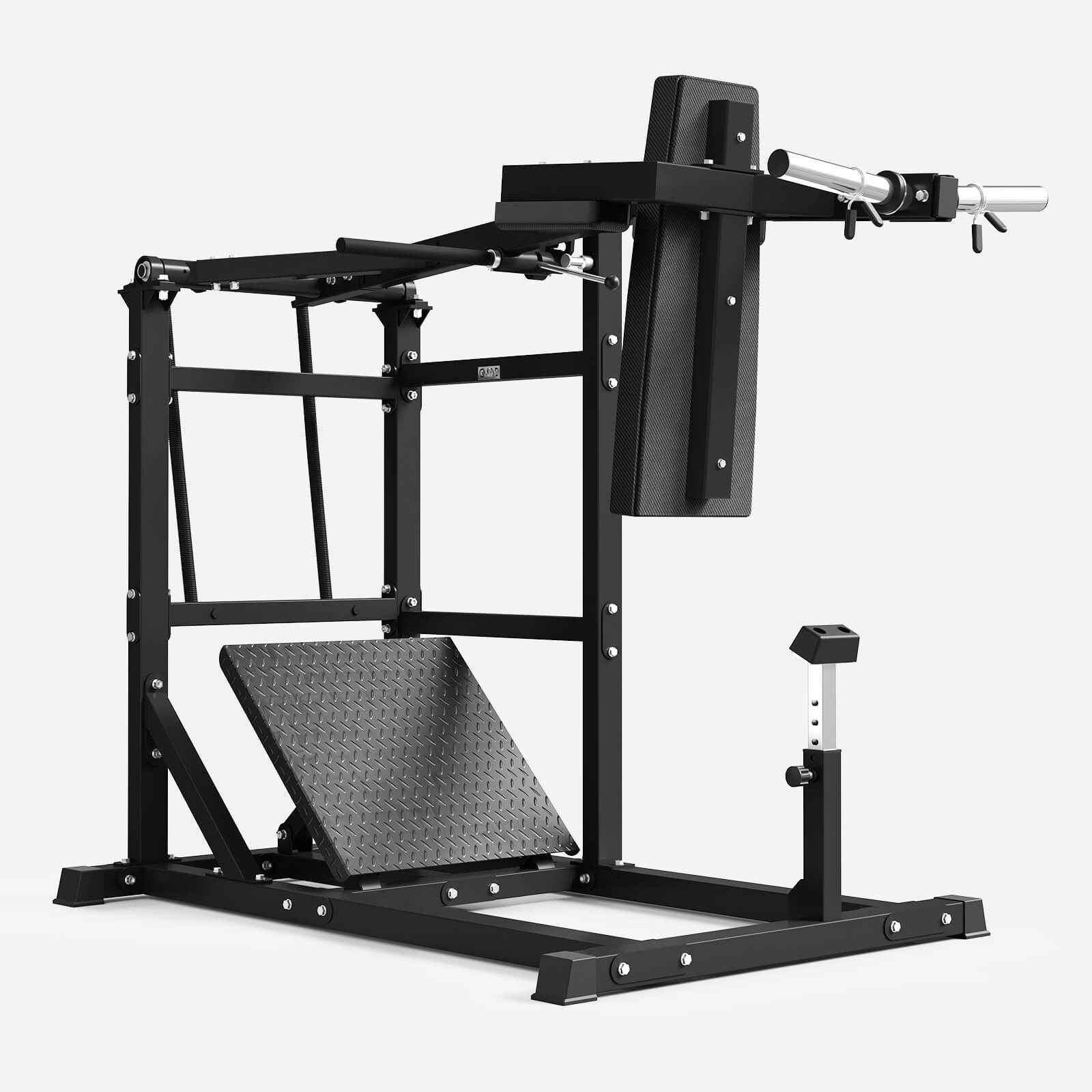
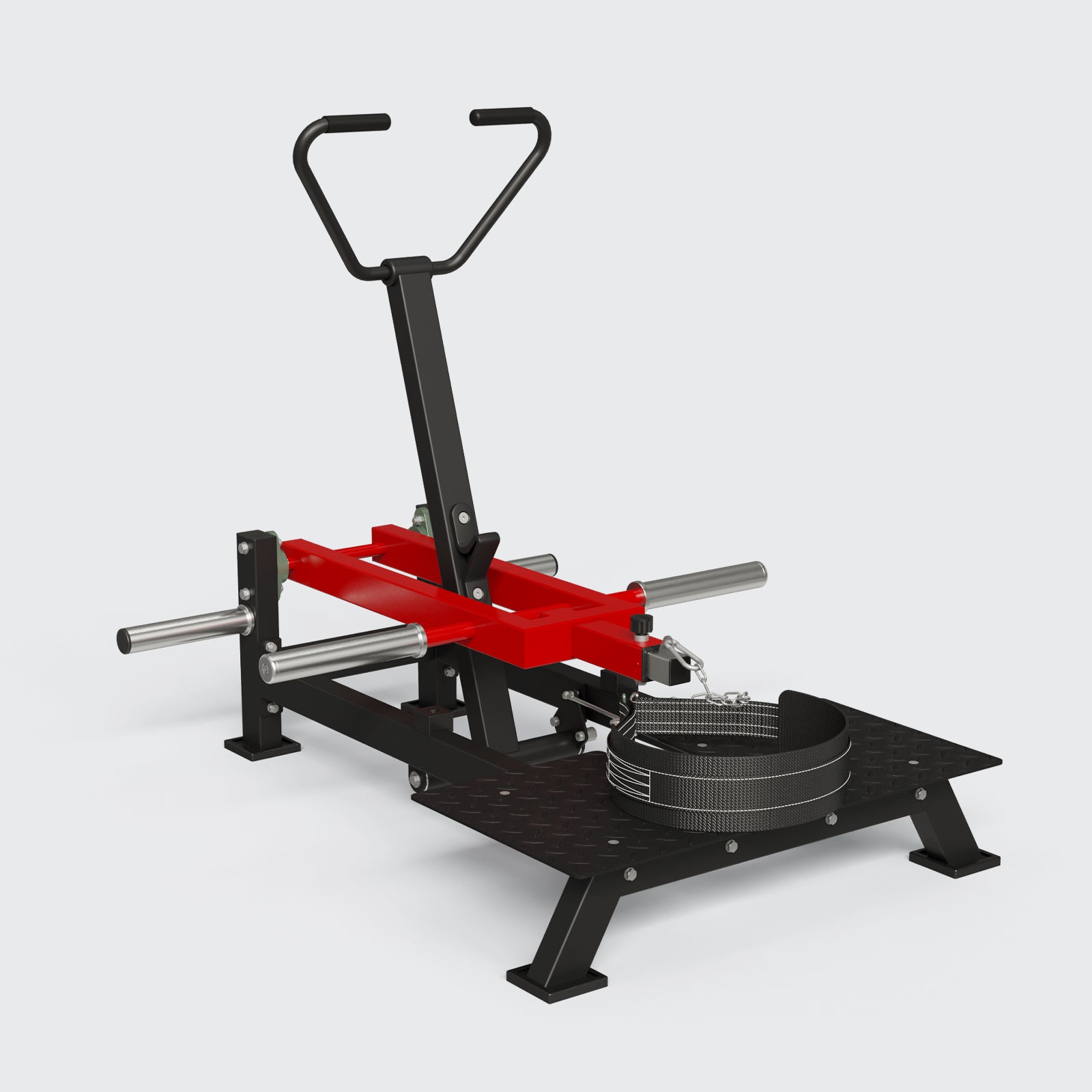
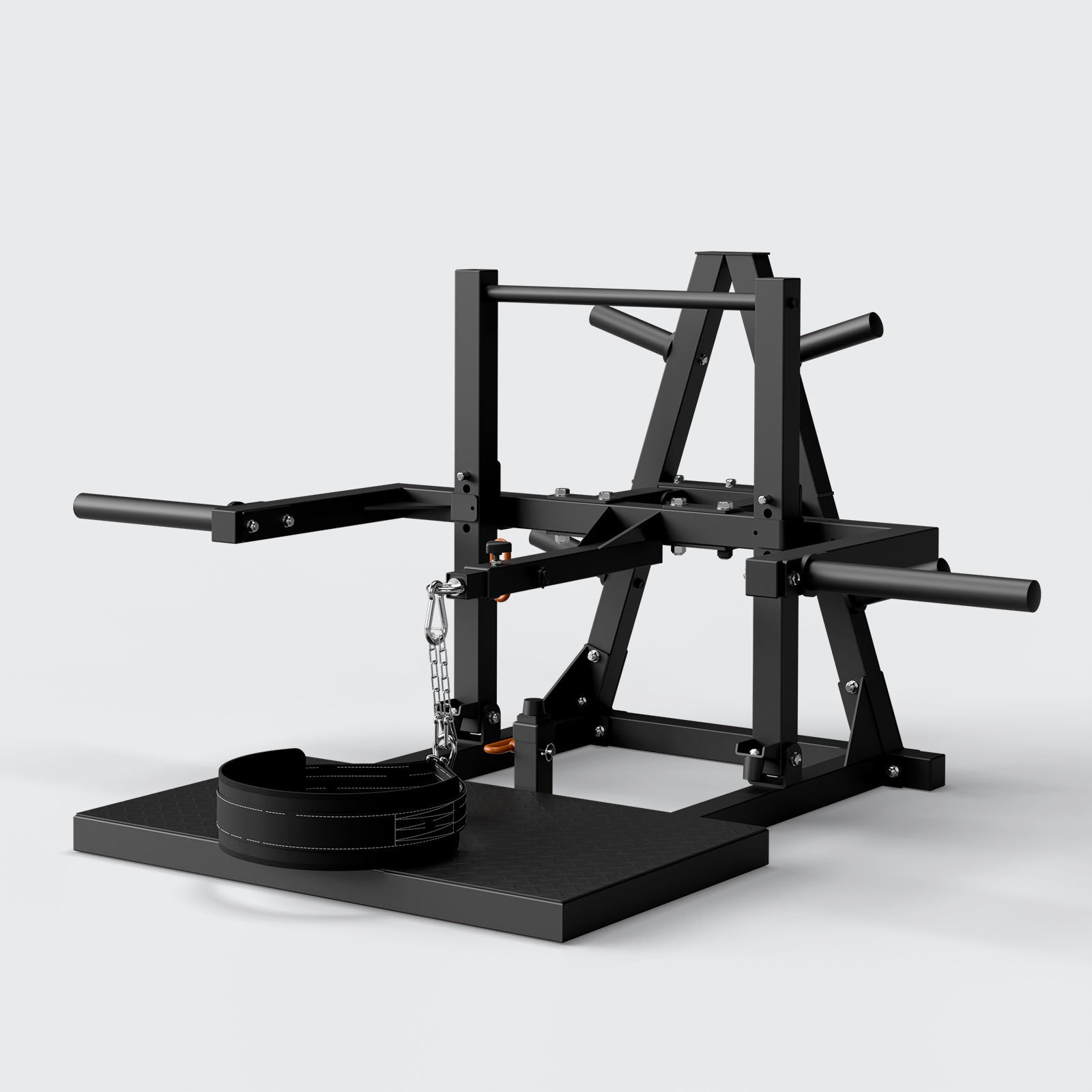

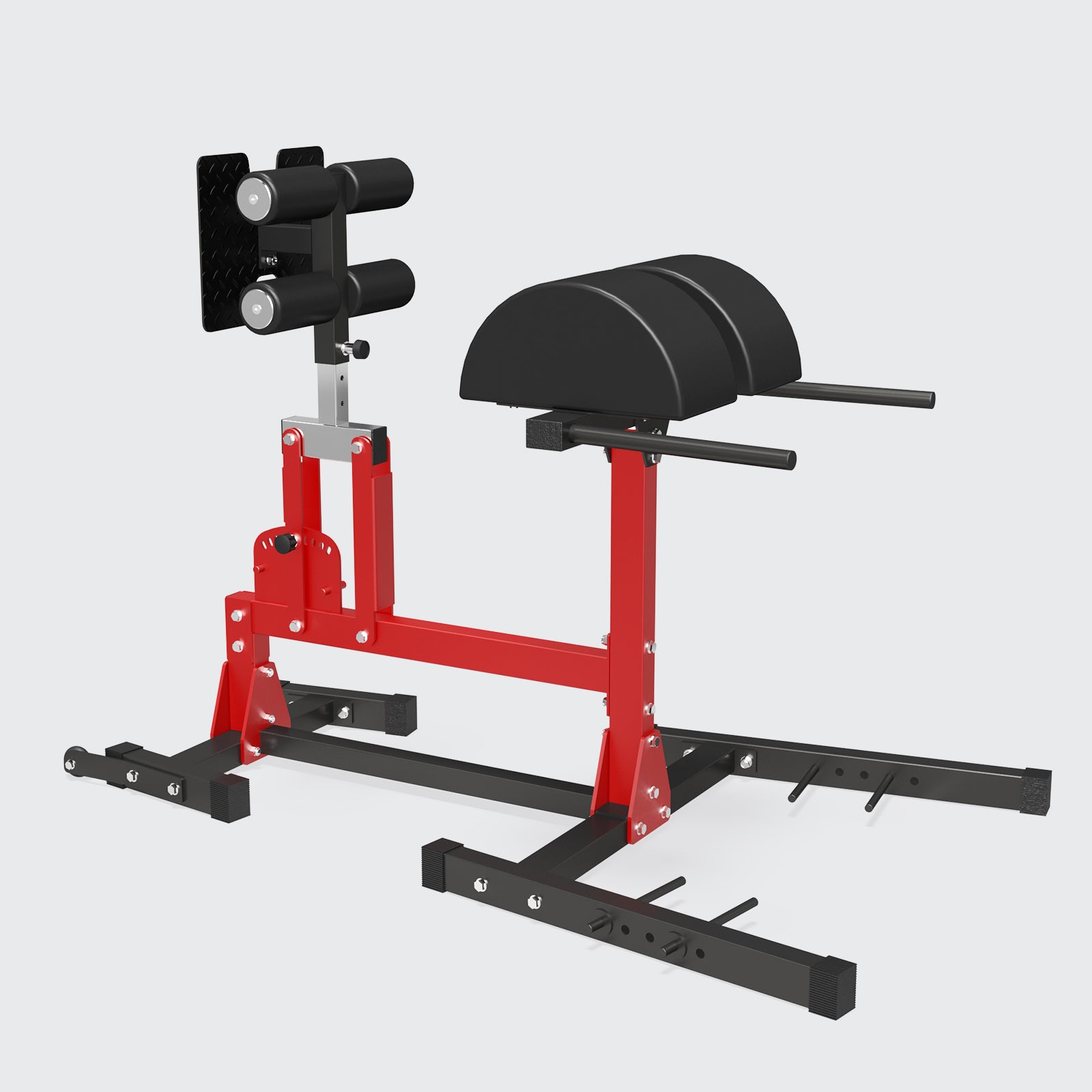
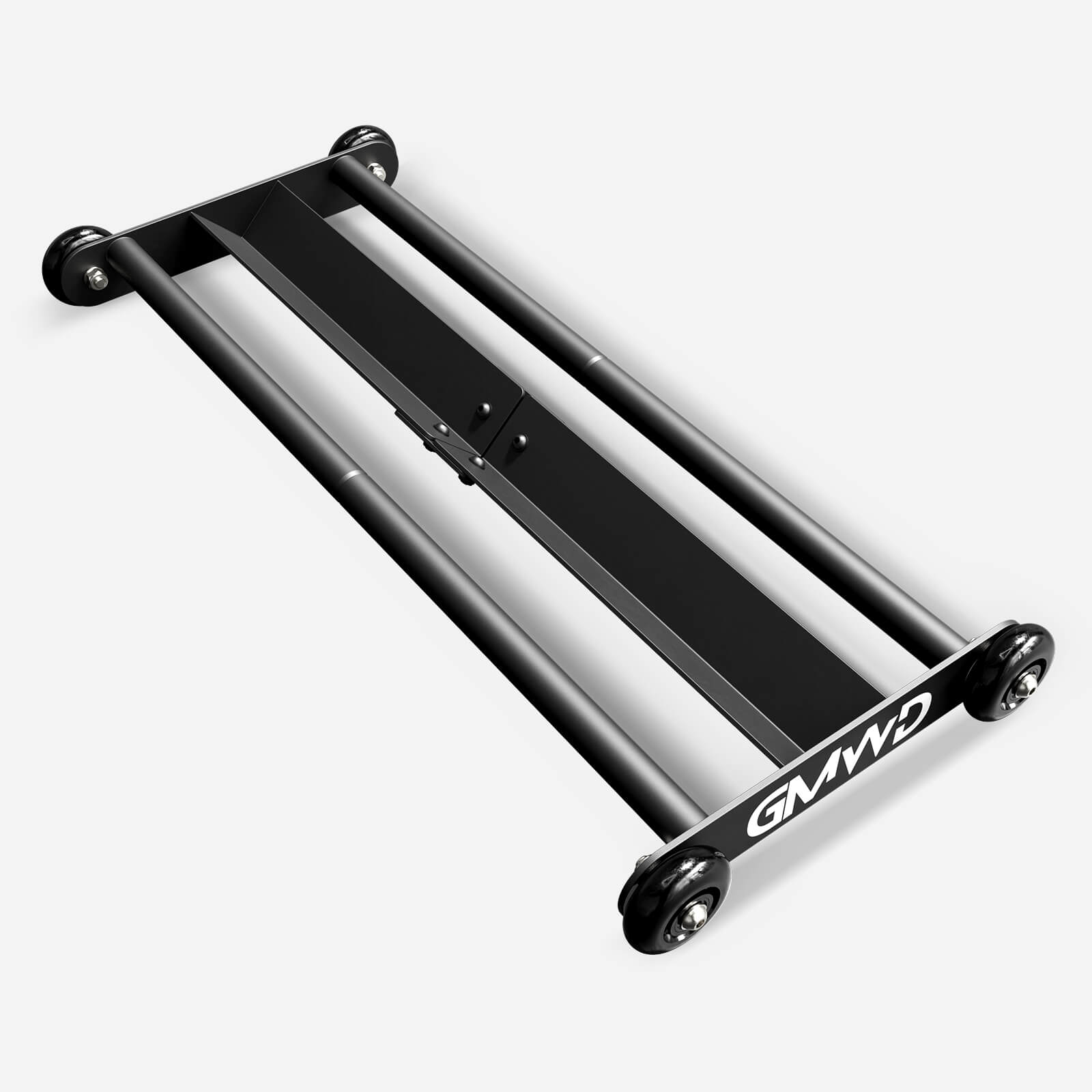
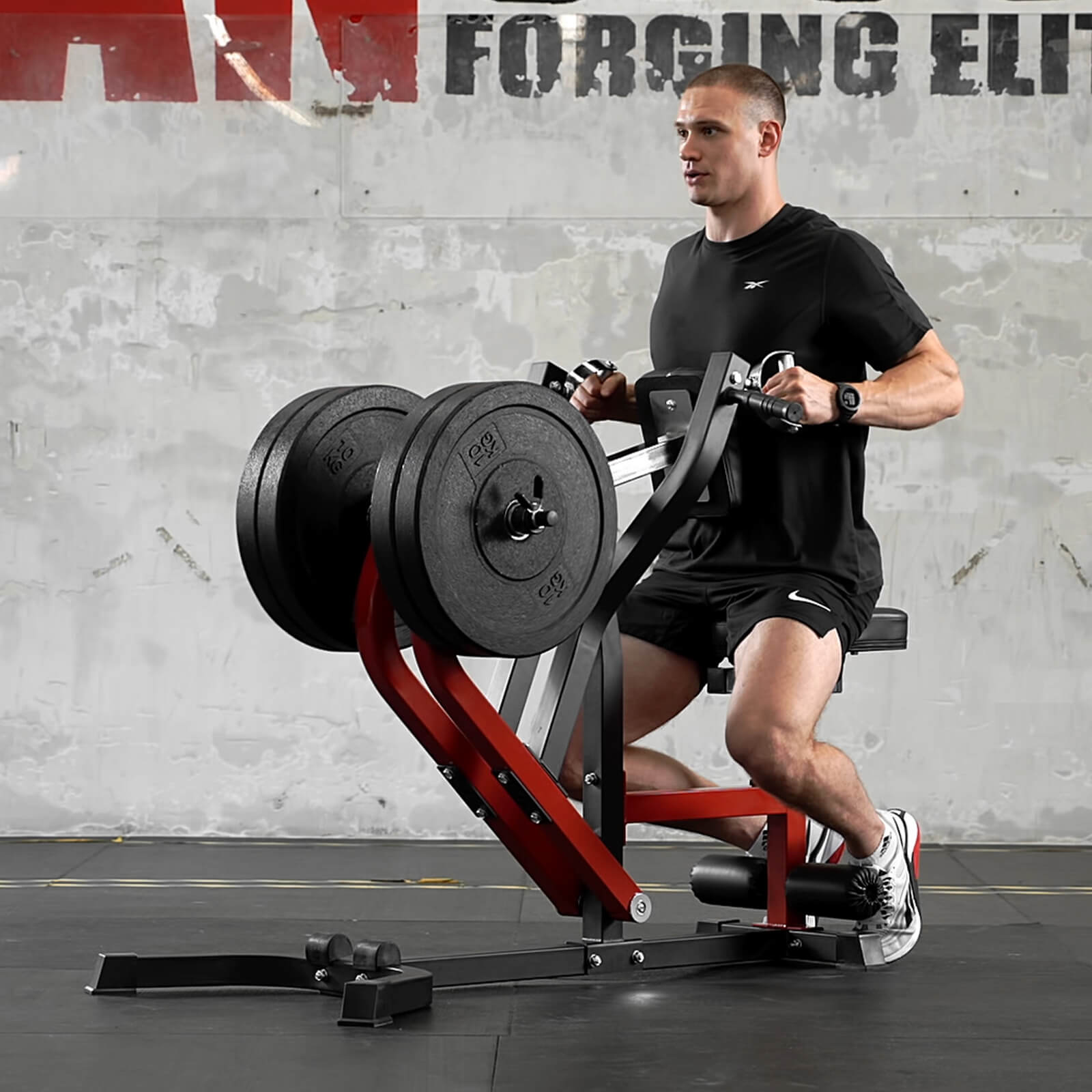
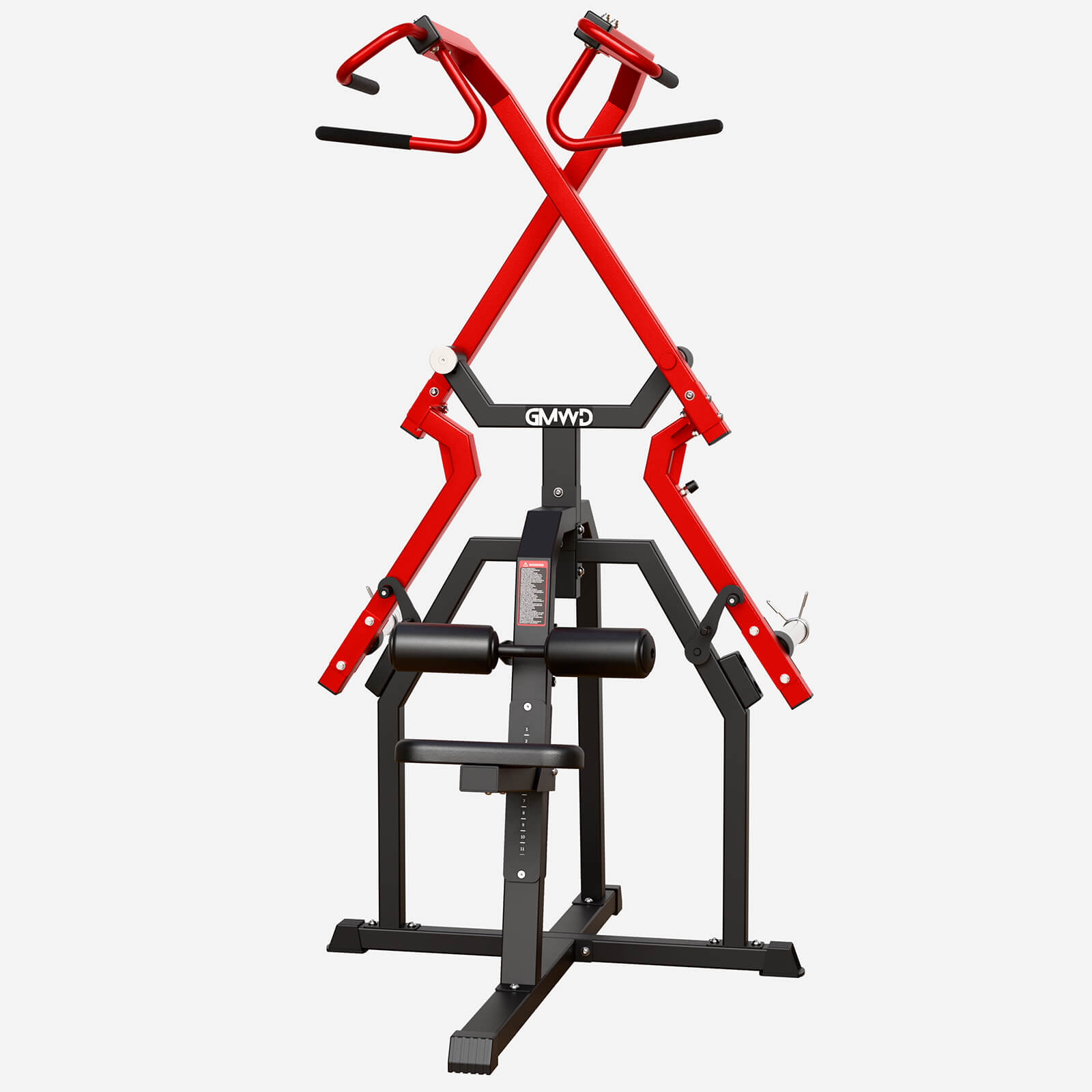
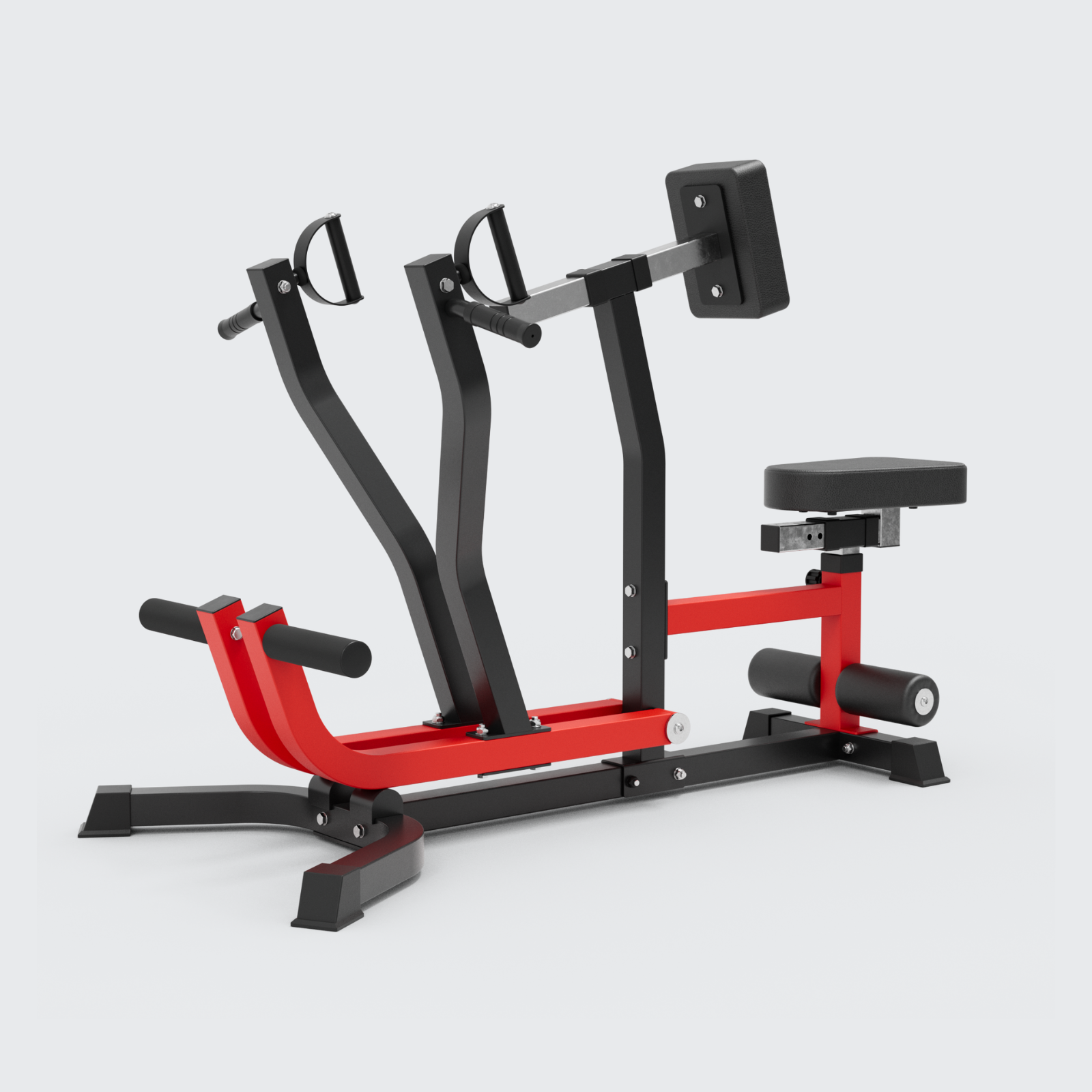
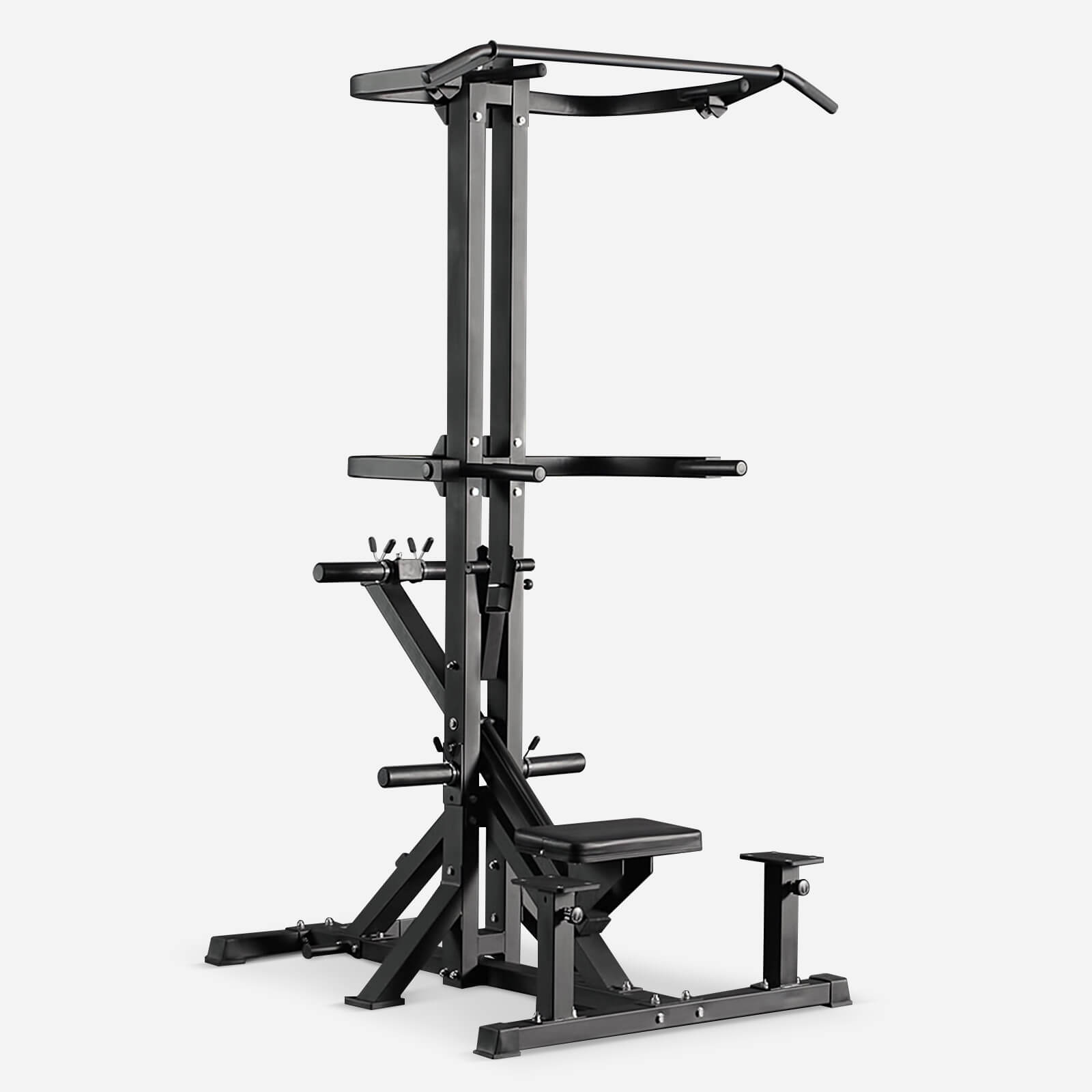


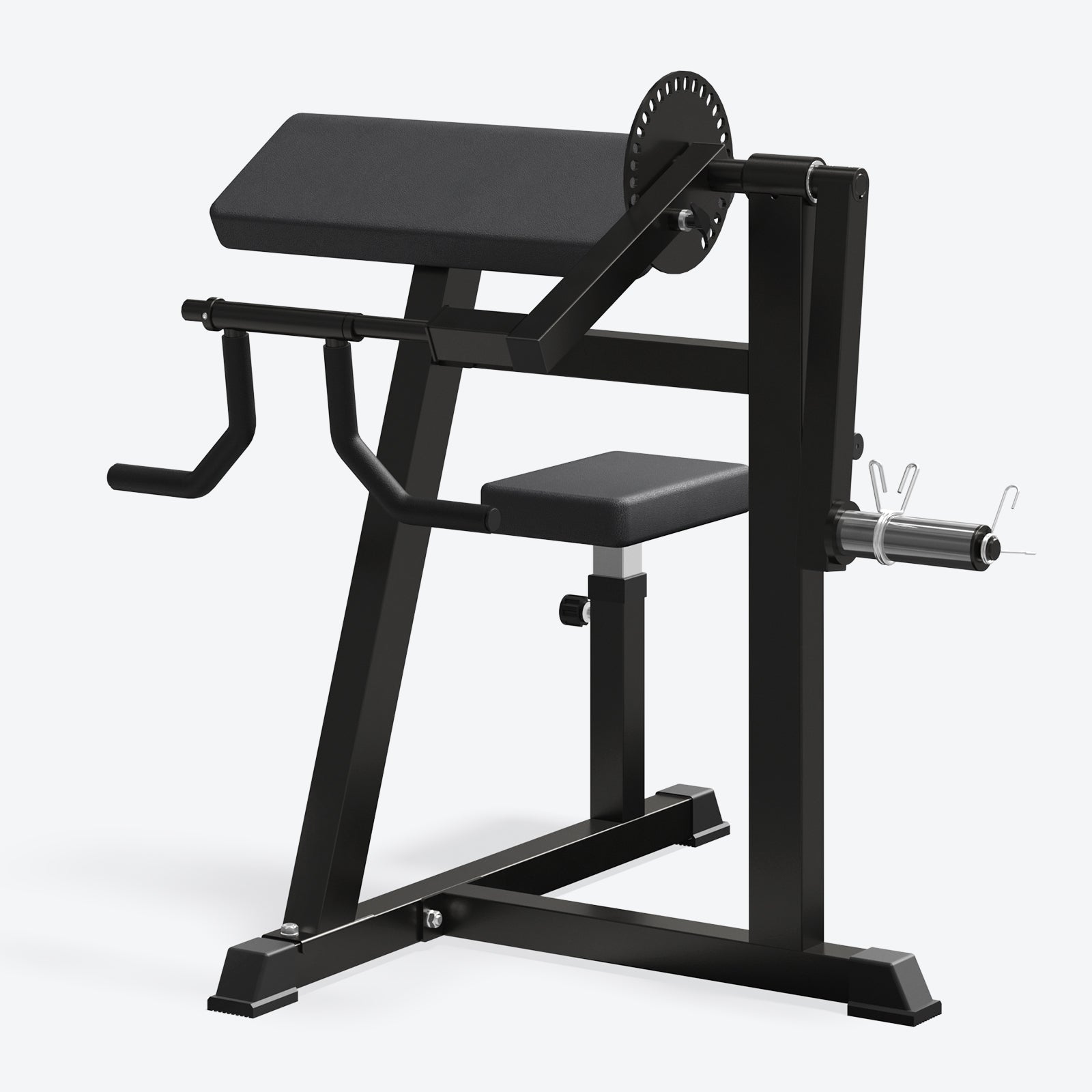
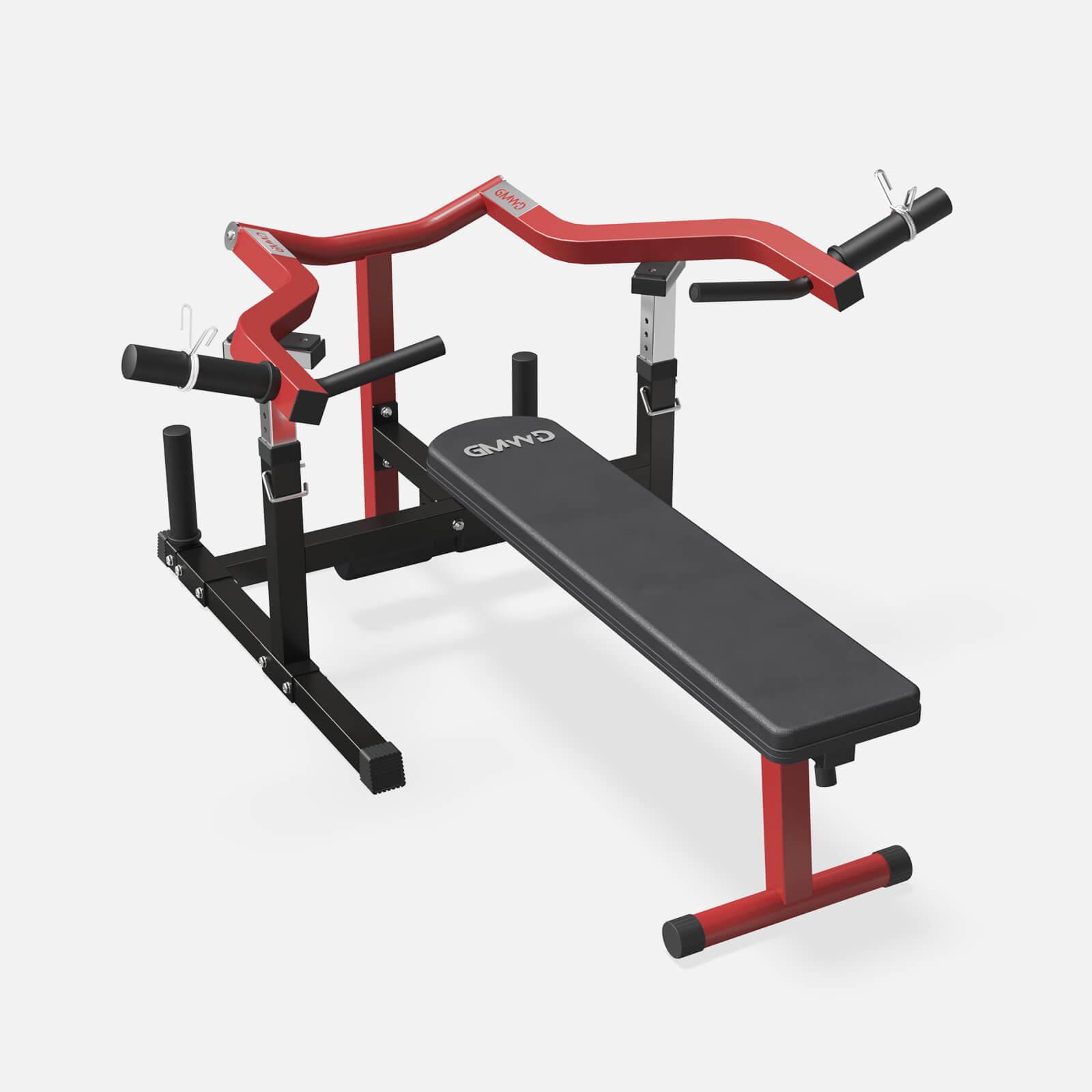
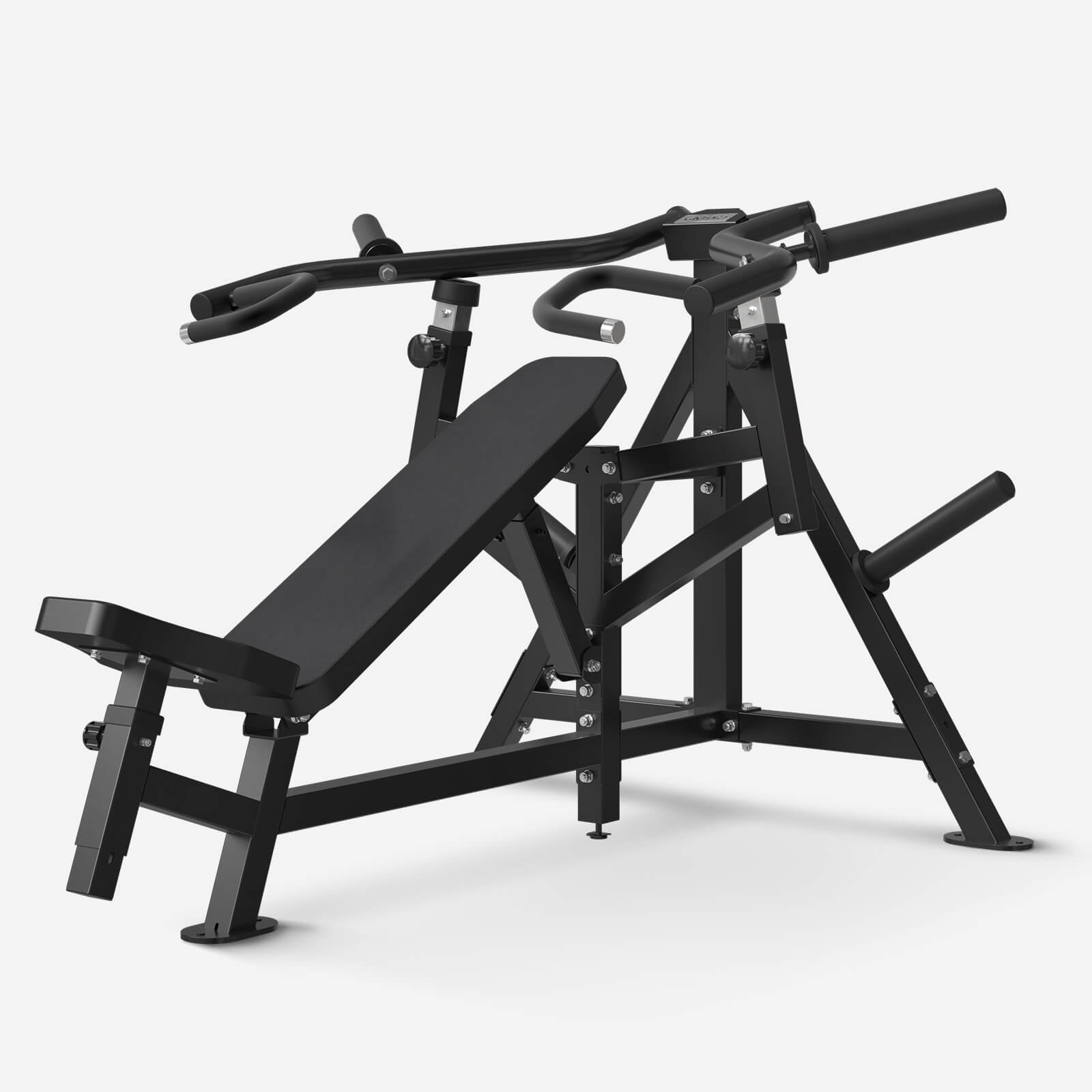
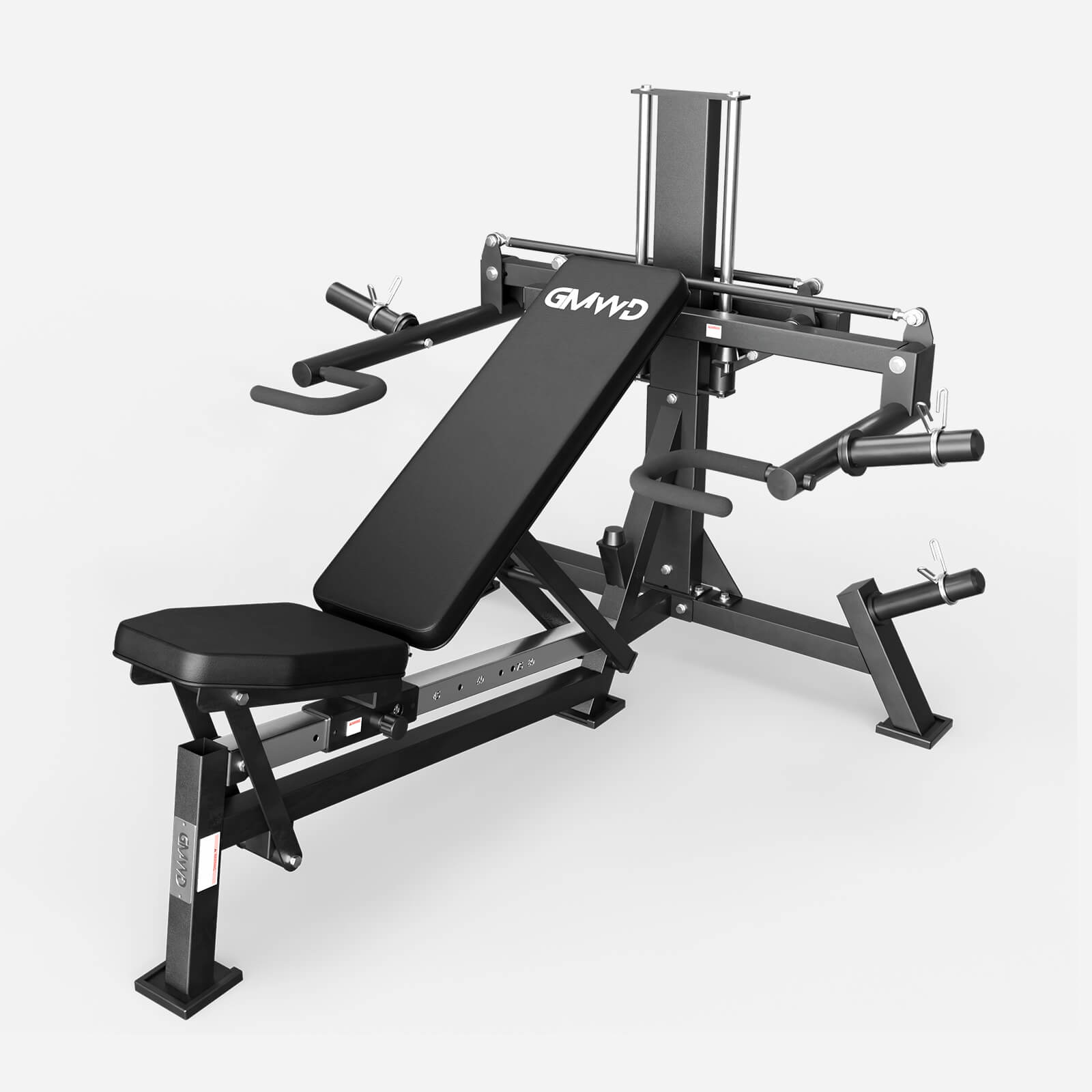
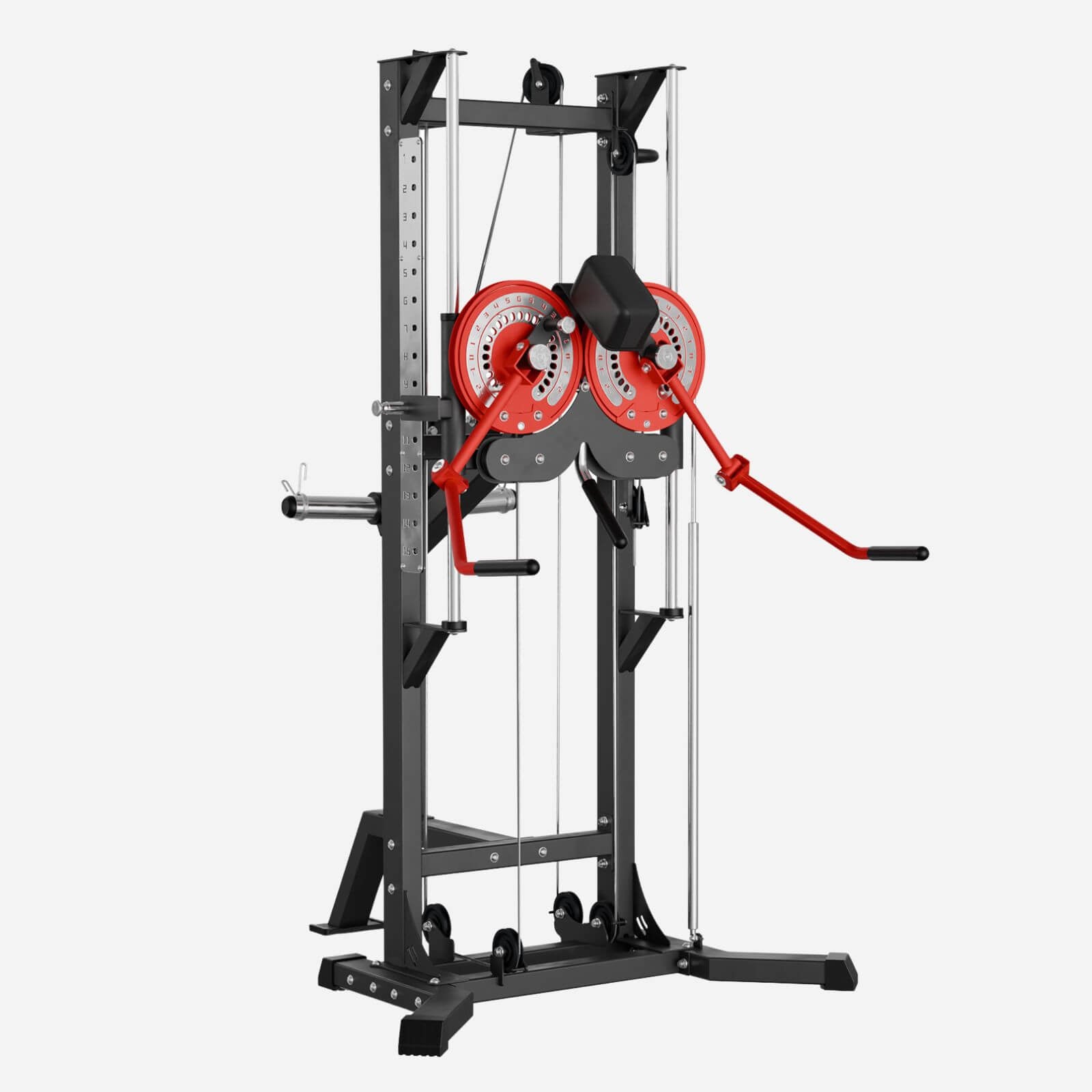
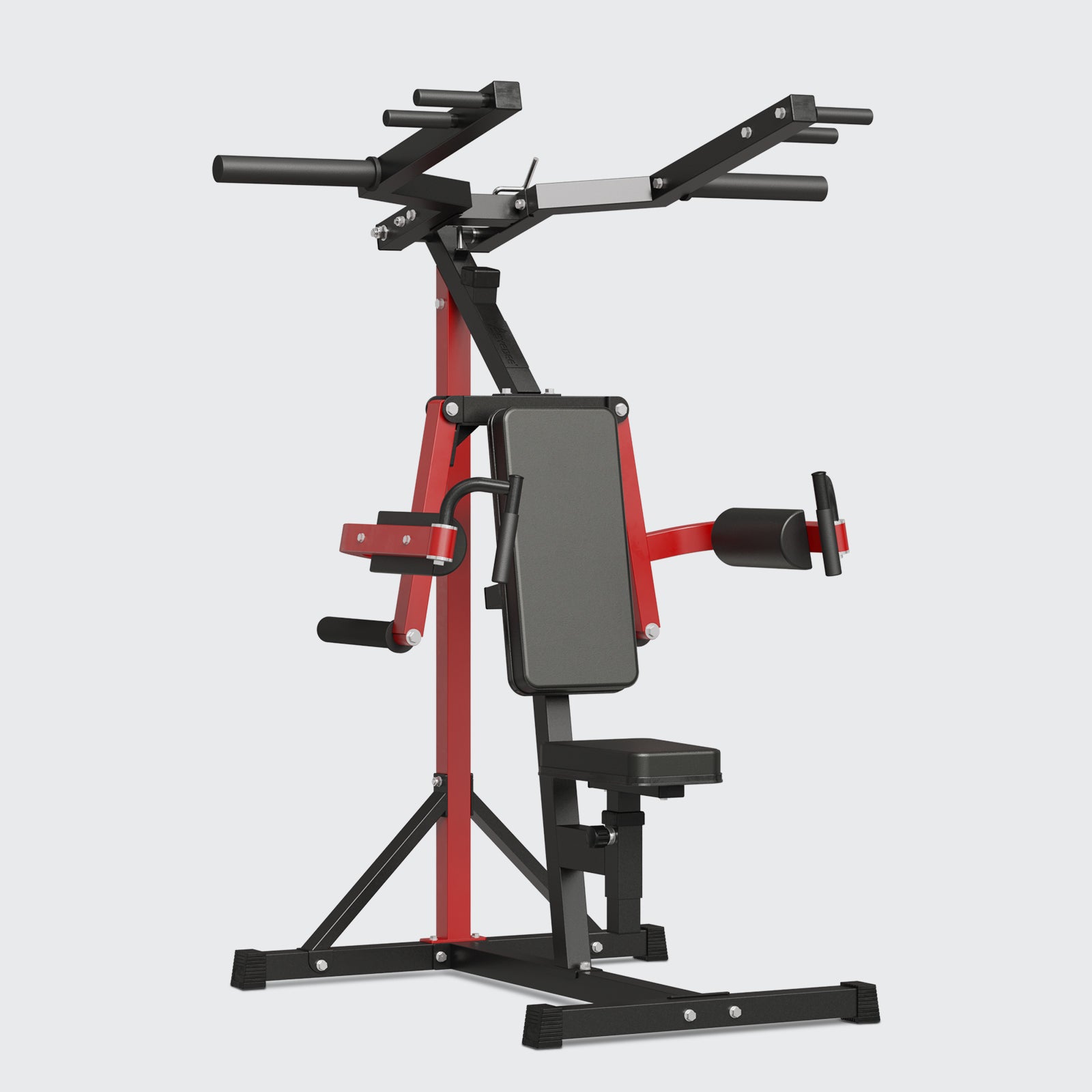
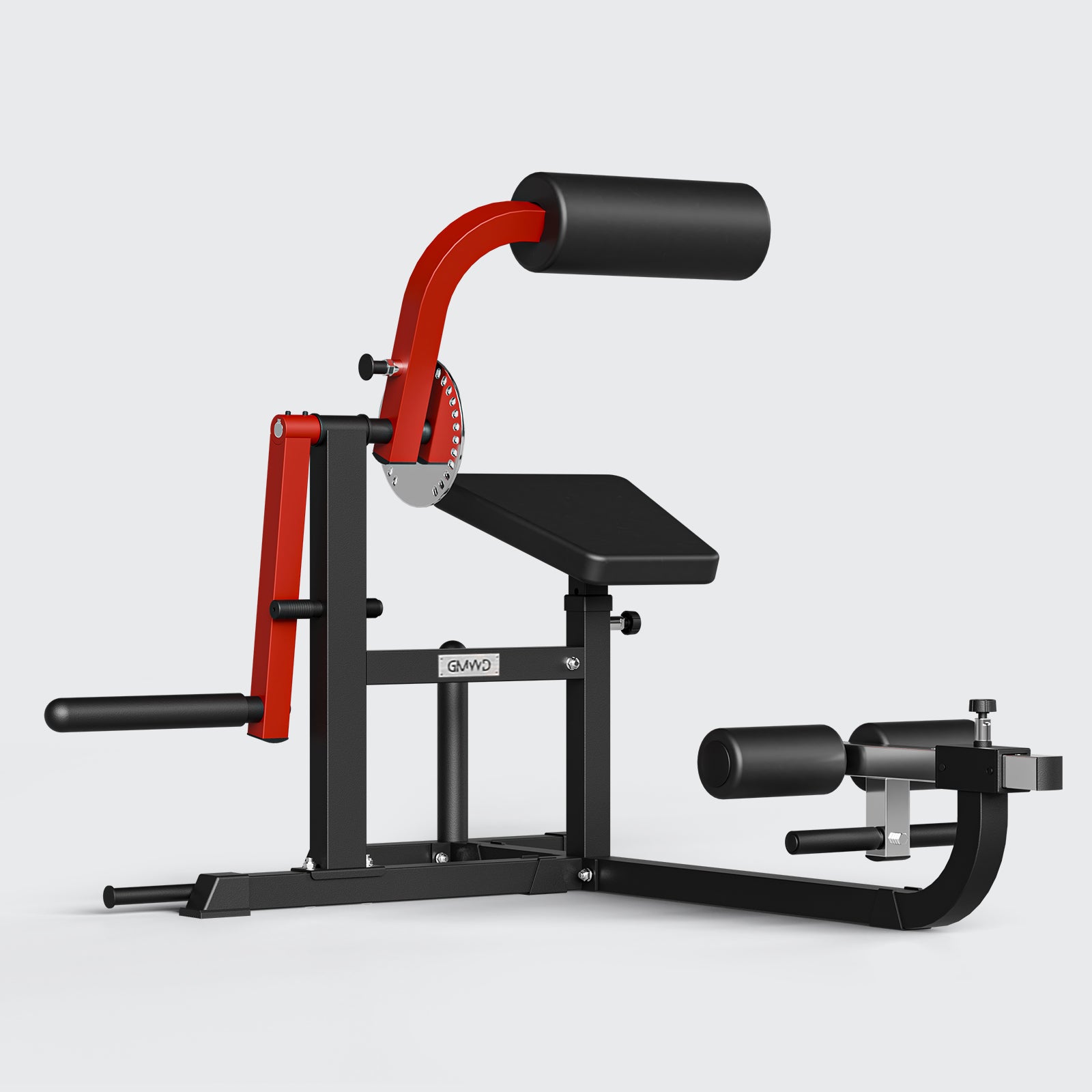
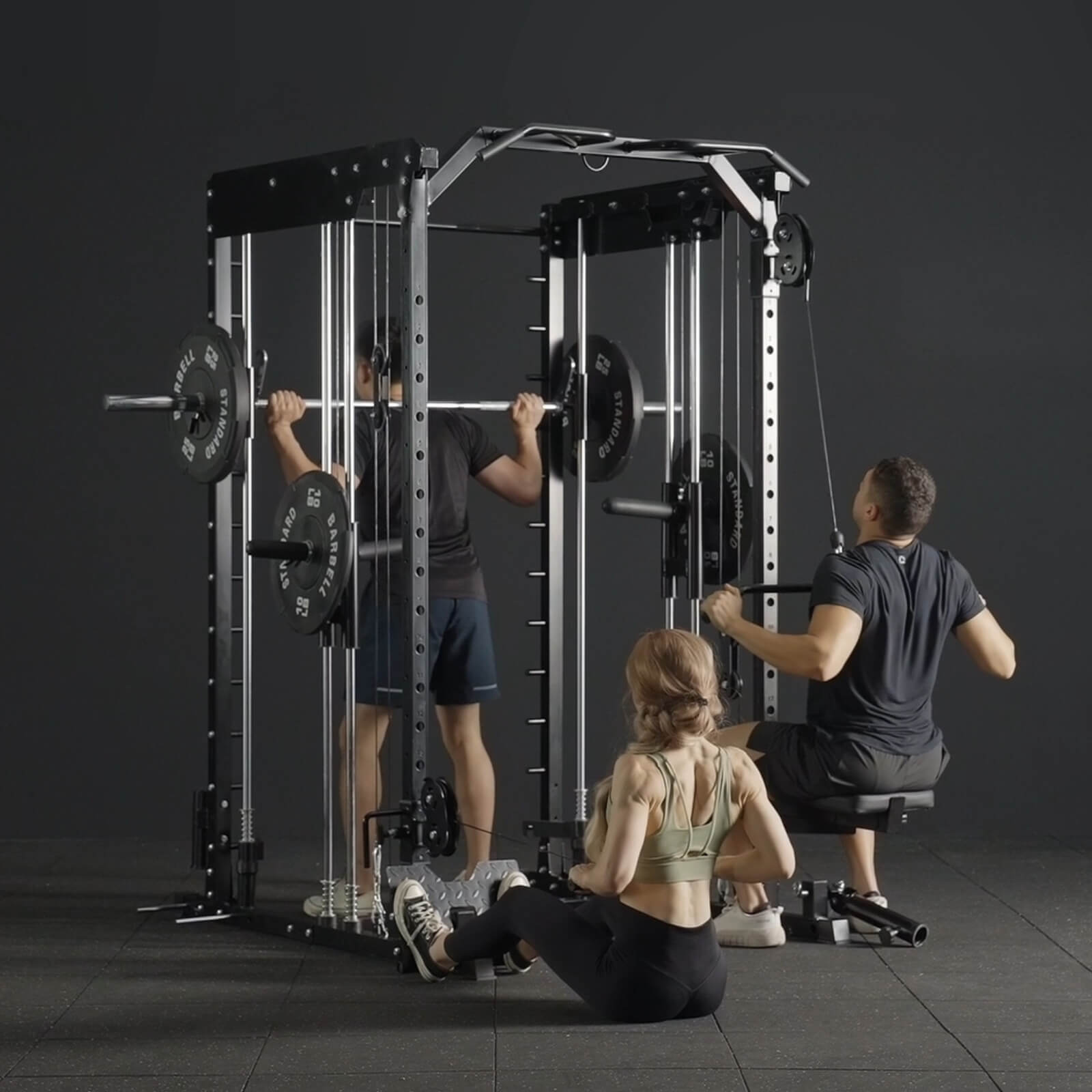
Leave a comment
All comments are moderated before being published.
This site is protected by hCaptcha and the hCaptcha Privacy Policy and Terms of Service apply.